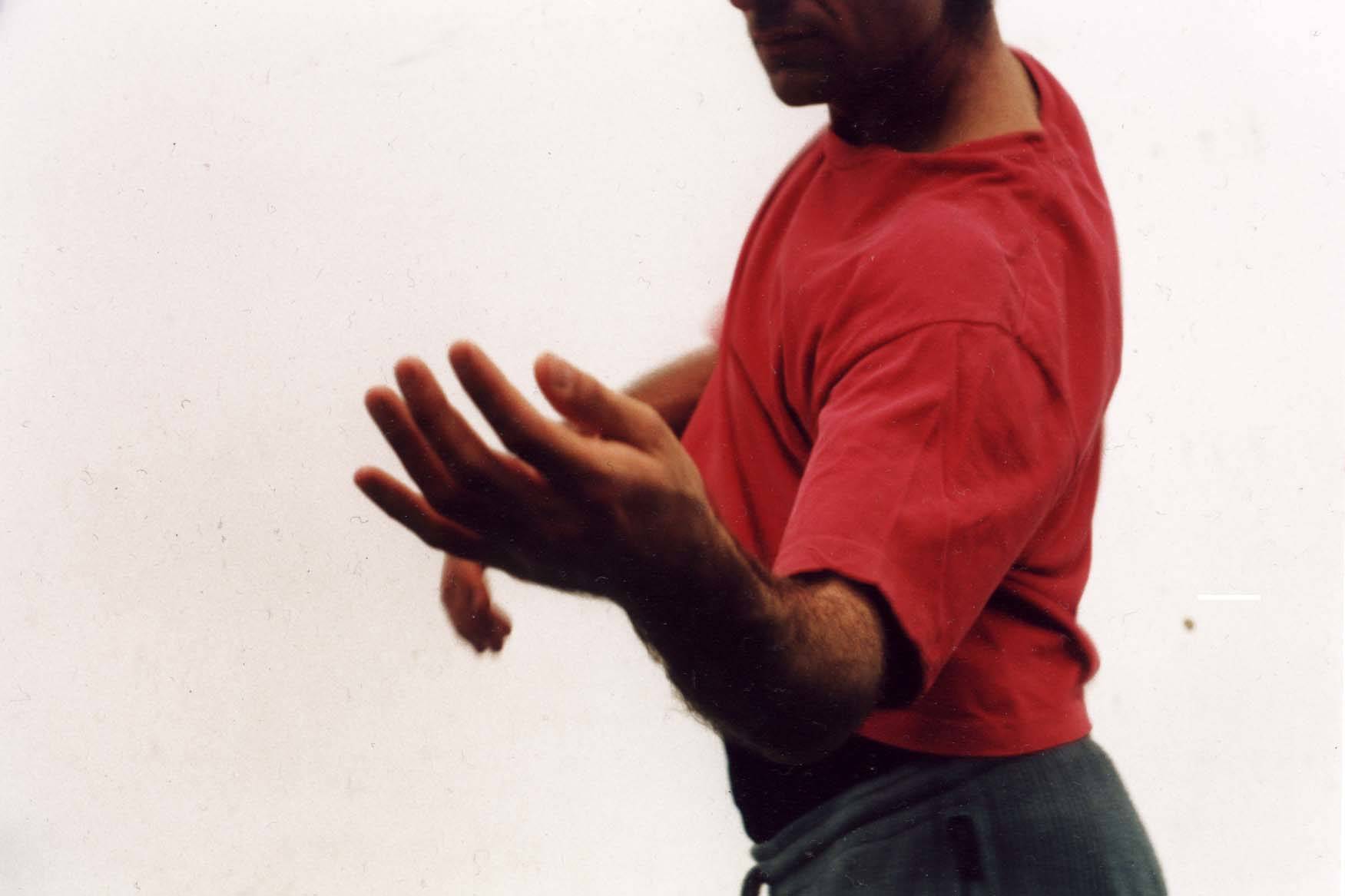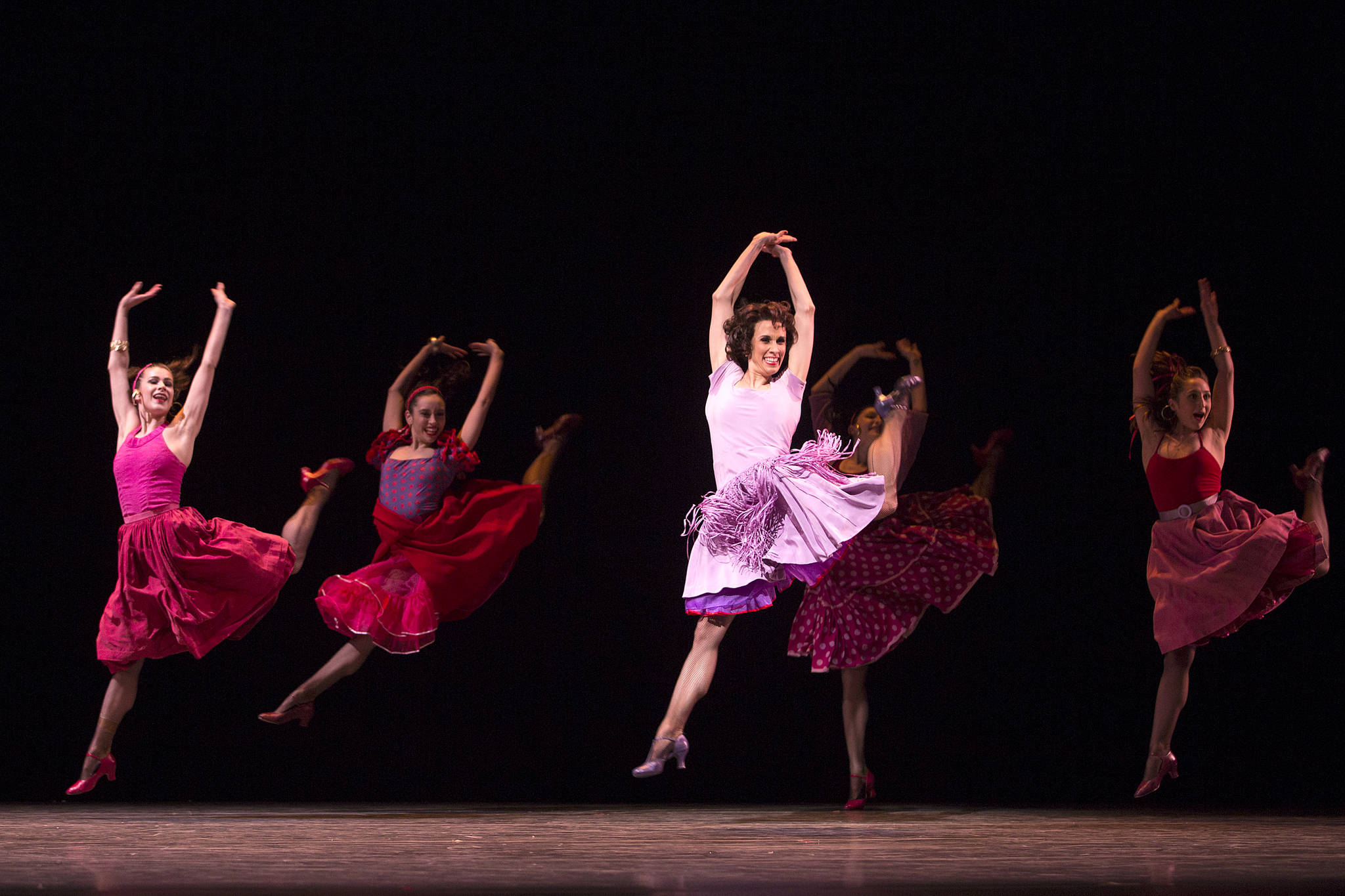In the dance world, Alvin Ailey American Dance Theater gets reduced to the name of its founder and first choreographer, “Ailey,” and the rest gets lost in admiration for the unhampered physicality and joy that the company has embodied for over 40 years. Despite this, the complete title is important to the identity of the ensemble; the Ailey company is arguably one of the most American dance groups in existence today.
Alvin Ailey American Dance Theater
Paramount Theatre ends February 25
The idea of modern dance as an American form was of vital importance to the choreographers of the ’30s and ’40s. In their attempts to create an indigenous art dance they rejected ballet for its foreign roots and artifice, but they also turned their backs on earlier American dancers such as Ruth St. Denis, whose semi-historical borrowings from other cultures in works like Egypta and Nautch seemed far from the experiences of 20th-century Americans. They tried to make dances that came from their own lives and histories, using movement that reflected some kind of national physicality rather than drawing on other traditions. Our expectations today of an “American” dance have broadened from narrative parables like Martha Graham’s Appalachian Spring to a wider collection of works, but in some ways our desire to see ourselves on stage is the same.
The America that Ailey brought to the theater when he founded his company in 1958 included his early childhood in bible-belt Texas and youth in the cultural polyglot of postwar Los Angeles. There he first started performing, working with Lester Horton, a little-know choreographer whose career was mostly in California. And in Horton’s group, one of the first multiracial dance companies, Ailey began to develop; when he moved to New York in 1954 he took Horton’s powerful technique and innate theatricality with him. In early works, such as Blues Suite and Revelations (both on the schedule for the company’s Seattle performances), he drew characters and told stories from these roots. But as he and the company developed, the Americanness of Ailey grew to include references to almost every dance tradition that has come to the United States from around the globe, especially from the African diaspora.
Like a preacher delivering a thunderous Sunday sermon, Ailey used his company as a pulpit to proselytize for dance and to support the work of artists who might otherwise have been marginalized or left behind. The Ailey repertory has been a refuge for the Caribbean interpretations of Katherine Dunham and works by established independent choreographers, such as Talley Beatty and Donald McKayle, as well as dances by new artists like Alonzo King and Ronald K. Brown (also on the Seattle program). Although his name was over the door, Ailey didn’t think of the company as his exclusive territory; it has been a repertory ensemble from the beginning. That breadth has proved to be a major strength and is probably one of the reasons that the company made a relatively seamless transition after Ailey’s death in 1989. Current artistic director Judith Jamison, formerly a stellar dancer with the company as well as a choreographer in her own right, has maintained this repertory philosophy.
As a companion project to this tour, the company has collaborated with V2 Records on a pair of CDs from the Ailey repertory. Both A Musical Retrospective of 40 Years of Dance and Revelations exemplify the breadth of Ailey’s view of dance. And from the gospel-based Revelations to the tongue-in-cheek Pas de Duke to the lush Chocolate Sessions, he shows us an America that encompasses a world of influences.








